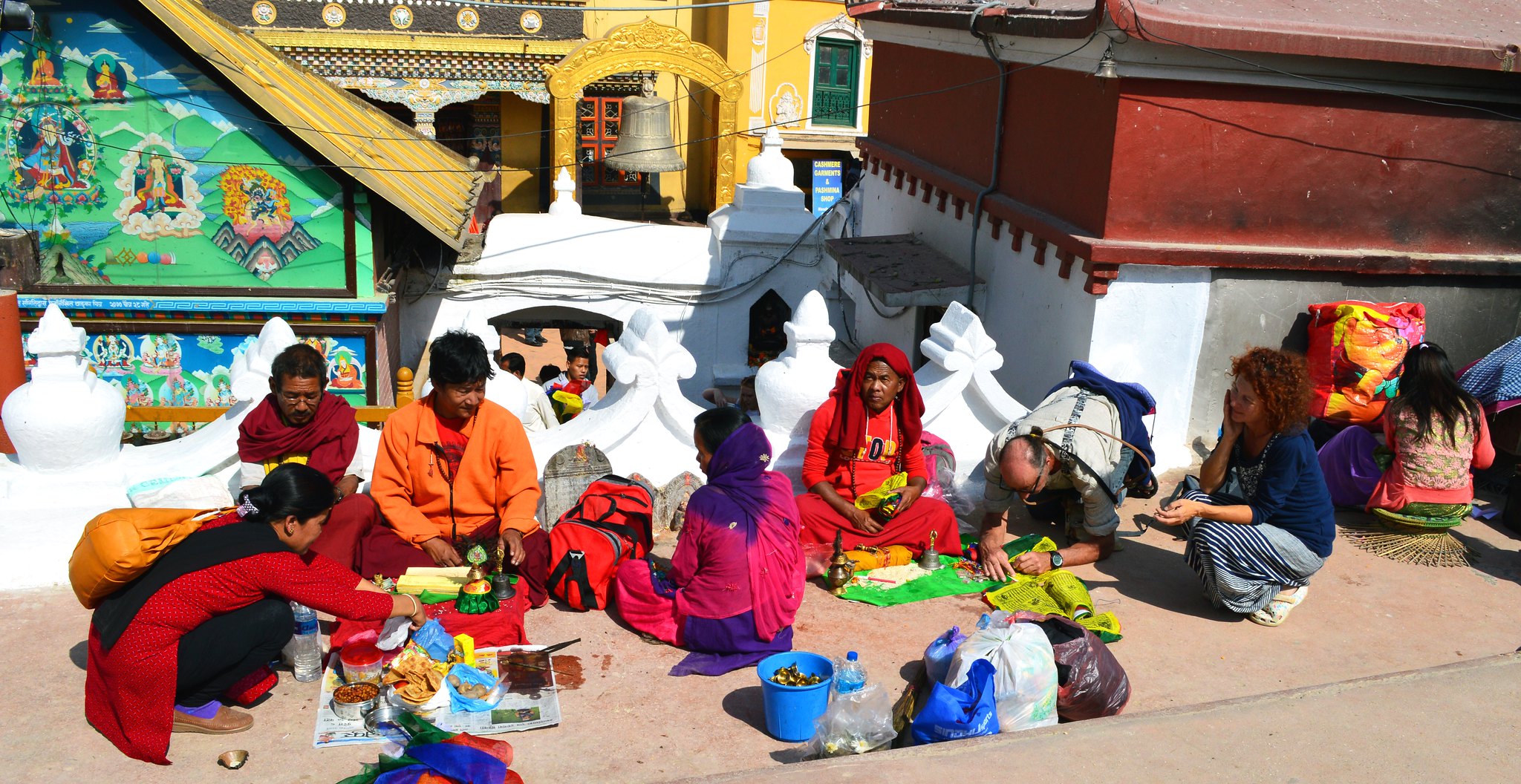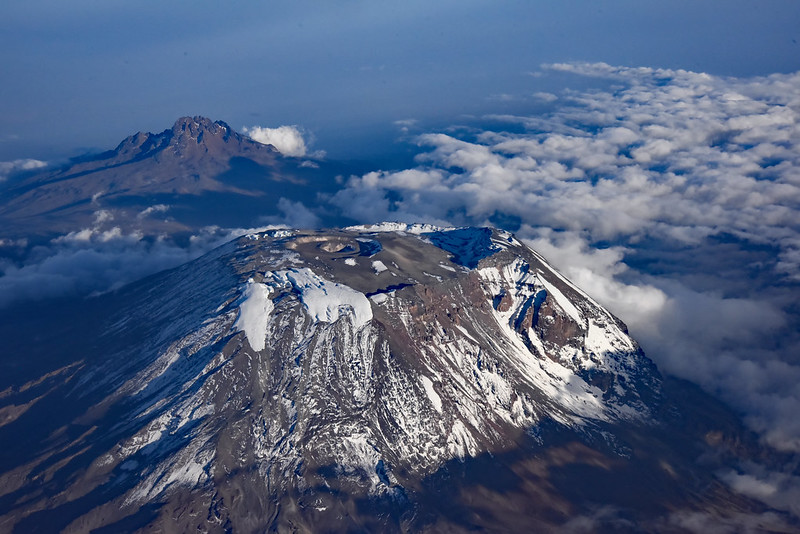 Tourism involves traveling to locations other than one’s usual environment to participate in activities of interest. Tanzania contains many tourist destinations, including Mount Kilimanjaro, Serengeti National Park and Zanzibar beaches. As such, tourism in Tanzania remains essential to the economy of the nation and has a significant impact in more ways than one.
Tourism involves traveling to locations other than one’s usual environment to participate in activities of interest. Tanzania contains many tourist destinations, including Mount Kilimanjaro, Serengeti National Park and Zanzibar beaches. As such, tourism in Tanzania remains essential to the economy of the nation and has a significant impact in more ways than one.
Tanzania’s Poverty Statistics
With a population of approximately 55.6 million people, Tanzania has one of the world’s most impoverished economies despite its previously high rates of growth and remarkable tourism industry. Tanzania’s GDP growth rate decreased from 5.8% in 2019 to 2% in 2020, meaning that Tanzania’s growth per capita became unprecedentedly negative. Furthermore, the Tanzanian poverty rate was 25.7% in 2020, which means that almost 15 million Tanzanians could not afford some or all of their basic necessities.
The Impacts of COVID-19 in Tanzania
Due to the COVID-19 pandemic, more than 140,000 people in Tanzania lost their formal jobs in June 2020. Additionally, more than two million people with informal, non-farming jobs experienced a decrease in income. Because of these pandemic job losses, more than half a million people could be pushed below Tanzania’s poverty line.
Furthermore, Tanzania’s rapid population explosion during the pandemic has resulted in an increase in the number of citizens living under the poverty line. Tanzania’s poverty rate increased to nearly 2% in the past year, meaning hundreds of thousands of people have been pushed below the poverty line since the pandemic began. According to the World Bank, “[b]ecause a large share of Tanzania’s population is close to the poverty line, even a mild economic shock can push numerous households into poverty.”
Moreover, the pandemic has halted many businesses, especially in the tourism and manufacturing sectors. However, with the new development of the COVID-19 vaccine, many people are starting to travel again, which may indicate that an economic turn-around could be in Tanzania’s near future.
Tourism in Tanzania
According to University of Dar Es Salaam students Nathanael Luvanga and Joseph Shitundu, Tanzania’s tourism industry contributes to the alleviation of poverty. In their study, they examined three popular tourist attractions in Tanzania and how the qualities of those three locations helped alleviate poverty.
The students found that tourism in Tanzania creates employment for those who live in poverty, including jobs operating hotels, providing tours, working at stores and handcrafting goods to sell to tourists. Job creation in the tourism industry is decreasing poverty rates because the skills needed to obtain employment are not specialized. This means that with proper training, anyone can excel as a tourism industry employee.
The Benefits of Tourism
As a result of positive tourism in Tanzania, the country has observed an increase in the number of people acquiring income from tourism-related jobs. With tourism and travel rates beginning to increase again, many are hopeful that more job opportunities in the tourism industry will arise.
Moreover, tourism strongly correlates with national and even international capital, which opens many opportunities to benefit impoverished citizens and further reduce poverty rates. Tourism was Tanzania’s “largest foreign exchange earner,” the second-largest GDP contributor and the third-largest employment creator, per a World Bank report. With access to numerous foreign markets, Tanzania is able to create employment opportunities for the impoverished, preserve cultural traditions through tourism, expand efforts to further develop the country and decrease poverty rates.
Tourism Alleviates Poverty
More than two million people have visited Tanzania each year to view its exquisite scenery and learn about Tanzanian culture, but tourists are unaware of just how important their visits are to alleviating poverty. Tourism creates jobs for those living in poverty, allowing many impoverished Tanzanian people to provide for their families, and therefore, lift themselves above the poverty line. Additionally, tourism allows Tanzania to use foreign capital to boost its economy, contributing to a rise in its GDP. National and international funding gained from tourism allow an expansion in efforts to eliminate poverty in Tanzania and generates more unique opportunities to benefit the impoverished.
– Lauren Spiers
Photo: Flickr
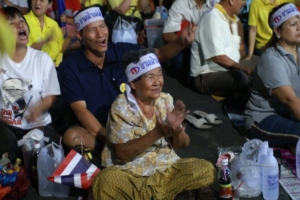 The current pandemic wave hitting Thailand has resulted in a new wave of anti-government protests in the nation. These protests are a part of a pro-democracy movement within Thailand that has been active for several years. The current demonstrations are driven by spikes in both COVID-19 and poverty.
The current pandemic wave hitting Thailand has resulted in a new wave of anti-government protests in the nation. These protests are a part of a pro-democracy movement within Thailand that has been active for several years. The current demonstrations are driven by spikes in both COVID-19 and poverty. Since September 2020, COVID-19’s impact in Bolivia has greatly improved. The country’s COVID-19 cases have reduced, possibly due to the fact that 25% of the population is fully vaccinated. Compared to the fact that less than 0.1% of the population was fully vaccinated in March 2021, this is good progress.
Since September 2020, COVID-19’s impact in Bolivia has greatly improved. The country’s COVID-19 cases have reduced, possibly due to the fact that 25% of the population is fully vaccinated. Compared to the fact that less than 0.1% of the population was fully vaccinated in March 2021, this is good progress.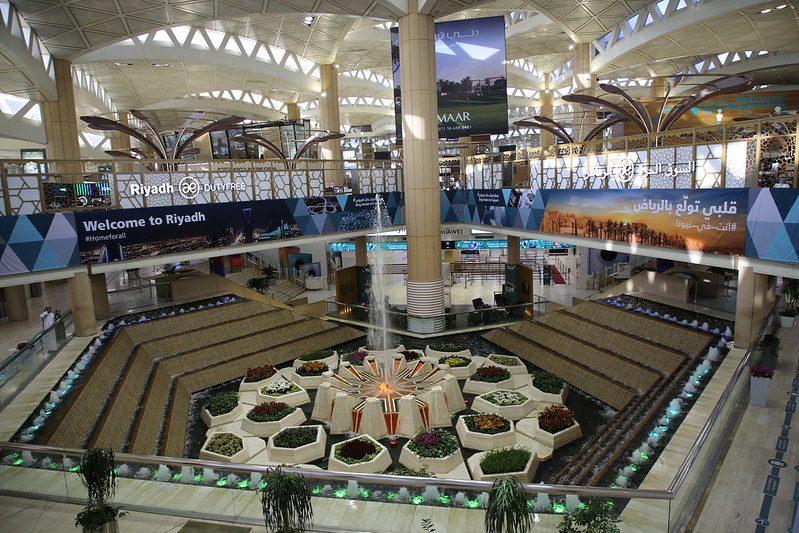 In recent years, the Saudi Arabian government has made tourism a priority because of Vision 2030. Vision 2030 is a strategy created by the Saudi Arabian government to improve the country in several different areas, tourism being one of them. Increased tourism has expanded the economy and is also improving the lives of the citizens. With tourism comes more forms of entertainment that benefit Saudi Arabians and attracts visitors from other countries.
In recent years, the Saudi Arabian government has made tourism a priority because of Vision 2030. Vision 2030 is a strategy created by the Saudi Arabian government to improve the country in several different areas, tourism being one of them. Increased tourism has expanded the economy and is also improving the lives of the citizens. With tourism comes more forms of entertainment that benefit Saudi Arabians and attracts visitors from other countries.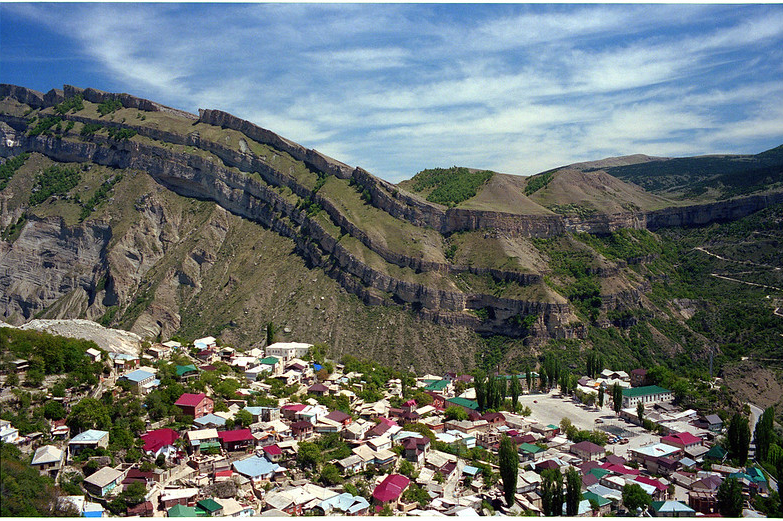 Once seen as a dangerous and violent place, the Republic of Dagestan in Russia has recently experienced a dramatic shift in visitation. Amid a strict lockdown,
Once seen as a dangerous and violent place, the Republic of Dagestan in Russia has recently experienced a dramatic shift in visitation. Amid a strict lockdown,  The COVID-19 pandemic gripped the world over a year ago and
The COVID-19 pandemic gripped the world over a year ago and 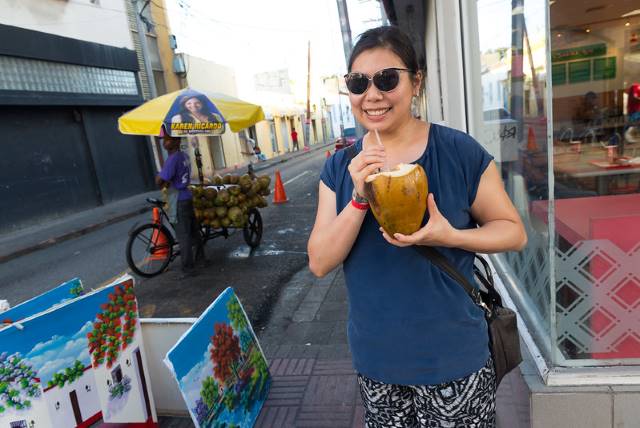 Latin America is a vast region with diverse weather, geography, culture and foods. Each year, millions of tourists flock to Latin America to enjoy its natural beauty. A vacation haven, tourism in Latin America is a driving force for economic development in the region. Furthermore, tourism in Latin America reduces poverty.
Latin America is a vast region with diverse weather, geography, culture and foods. Each year, millions of tourists flock to Latin America to enjoy its natural beauty. A vacation haven, tourism in Latin America is a driving force for economic development in the region. Furthermore, tourism in Latin America reduces poverty.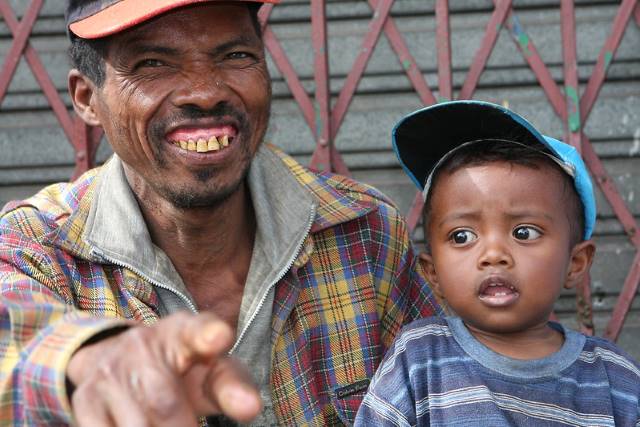 Madagascar, an island country located in the Indian Ocean, is one of the most impoverished countries in the world, with
Madagascar, an island country located in the Indian Ocean, is one of the most impoverished countries in the world, with 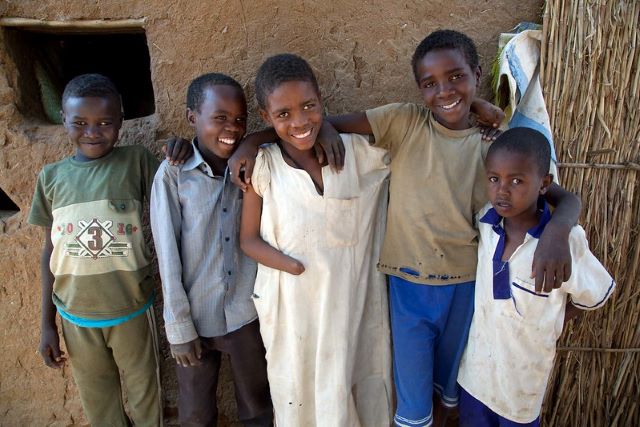 Located in southeast Zimbabwe, Gonarezhou National Park is home to 11,000 African elephants, which is how it earned its name as the “Place of Elephants.” Unfortunately, it is also the site of thousands of buried landmines. These landmines were
Located in southeast Zimbabwe, Gonarezhou National Park is home to 11,000 African elephants, which is how it earned its name as the “Place of Elephants.” Unfortunately, it is also the site of thousands of buried landmines. These landmines were 